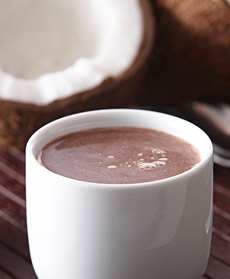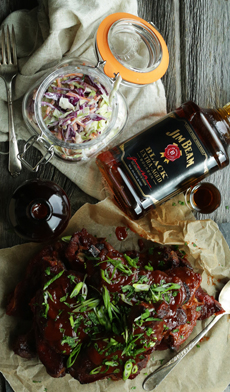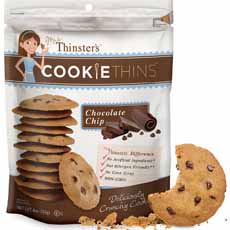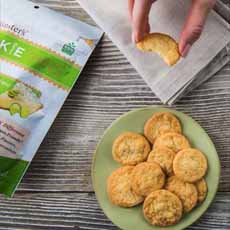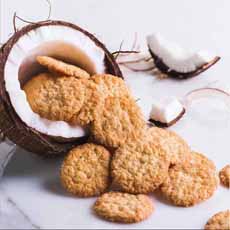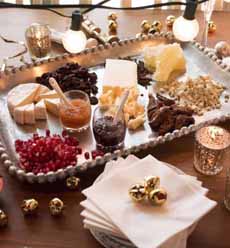|
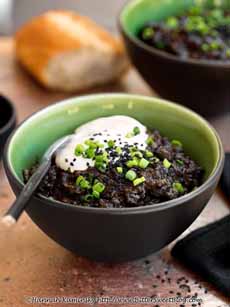
[1] Mmm, mmm: black lentil chile with our favorite trimmings (photo courtesy Bittersweet Blog).
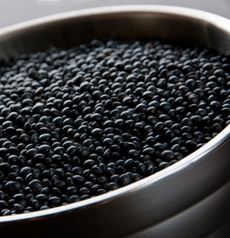
[2] Black lentils (photo courtesy InHarvest).
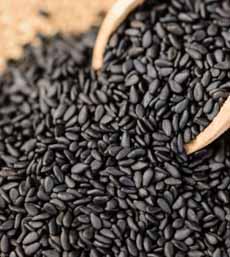
[3] Use black sesame seeds to garnish (photo courtesy NDTV).
|
|
Thinking of how to get through the Super Bowl without packing in calories and cholesterol? Like chili as Super Bowl fare?
This better-for-you vegan recipe, from our colleague Hannah Kaminsky of Bittersweet Blog puts a dramatic spin on a side of lentils or a vegetarian main course of “lentil stew.”
Instead of red bean chile, she makes black lentil chile…with lots of goodies, including a can of beer.
“There’s nothing wrong with a healthy dose of darkness, especially when it comes primarily in the form of rich, nutty tahini paste,” says Hannah of her hearty mixture of black lentils, black beans, black cocoa and black tahini.
“The black tahini lends a far more nuanced flavor profile than one might expect from this silky-smooth, raw purée.”
RECIPE: BLACKOUT SESAME CHILE
Ingredients For 6-8 Servings
2 tablespoons olive oil
1 medium red onion, diced
5 cloves garlic, minced
1 can (14.5 ounces) diced tomatoes
1 can (6 ounces) tomato paste
1-1/2 cups dry black beluga Lentils
1 can (16 ounces) stout beer
2 cups vegetable stock
1/4 cup maple syrup
2 tablespoons chili powder
2 tablespoons black cocoa powder
2 teaspoons ground cumin
1 teaspoon chipotle powder
1/4 teaspoon cayenne pepper
1/2 cup black tahini
2 cans (15.5 ounces each) black beans, rinsed and drained
1 tablespoon lime juice
1 teaspoon salt
Garnish
1 cup sour cream
3-4 scallions, thinly sliced
1/4 cup toasted black sesame seeds
|
Preparation
1. PLACE a large stock pot over medium heat and add the oil. Once it shimmers, add the onion and garlic, sautéing until lightly browned and aromatic, about 6-8 minutes.
2. ADD the diced tomatoes and tomato paste next, working the paste into the scant liquid to break it down into a smooth mixture. Next, incorporate the lentils, beer, vegetable stock, maple syrup, chili powder, black cocoa, cumin, chipotle powder and cayenne. Stir well to combine, cover, and bring to a boil.
3. REDUCE the heat to low and simmer for approximately 30 minutes, until the lentils are tender. Add the tahini and black beans, mixing well to incorporate. Continue to stew, uncovered, for an additional 15 – 20 minutes until thick, rich, and piping hot. Add the lime juice and salt, adjusting both to taste as needed.
Depending on your desired consistency, you may want to add more vegetable stock or water, particularly if the chili is made in advance. It tends to thicken further as it cools.
4. LADLE into bowls and top with sour cream, scallions and black sesame seeds.
|

